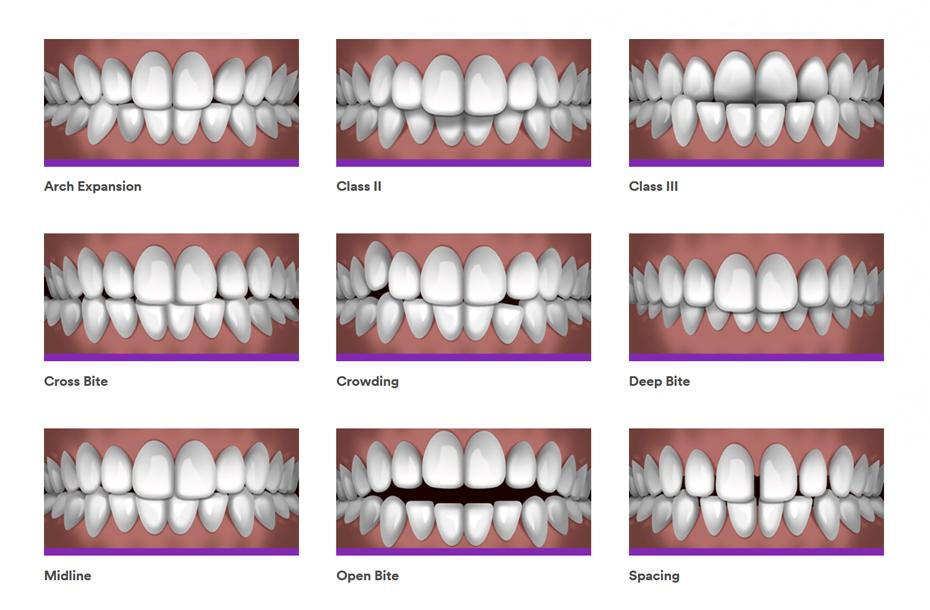Our Causey Orthodontics Statements
Wiki Article
The 6-Second Trick For Causey Orthodontics
Table of ContentsCausey Orthodontics Fundamentals ExplainedOur Causey Orthodontics PDFsCausey Orthodontics for BeginnersEverything about Causey OrthodonticsThe Only Guide to Causey Orthodontics
Neglecting occlusal connections, it was regular to eliminate teeth for a range of dental issues, such as malalignment or congestion. The principle of an undamaged dentition was not extensively valued in those days, making bite correlations appear pointless. In the late 1800s, the concept of occlusion was essential for creating dependable prosthetic substitute teeth.As these ideas of prosthetic occlusion progressed, it came to be an invaluable device for dentistry. It remained in 1890 that the work and impact of Dr. Edwards H. Angle started to be felt, with his payment to modern orthodontics specifically significant. Concentrated on prosthodontics, he instructed in Pennsylvania and Minnesota prior to routing his focus towards oral occlusion and the treatments needed to maintain it as a regular problem, therefore becoming understood as the "papa of modern orthodontics".

The principle of excellent occlusion, as proposed by Angle and integrated into a classification system, made it possible for a change in the direction of treating malocclusion, which is any kind of deviation from regular occlusion. Having a complete set of teeth on both arches was extremely searched for in orthodontic treatment as a result of the requirement for precise partnerships in between them.
Little Known Questions About Causey Orthodontics.
As occlusion ended up being the vital concern, facial proportions and visual appeals were neglected - Causey Orthodontics. To accomplish perfect occlusals without making use of external forces, Angle proposed that having perfect occlusion was the most effective way to acquire maximum face aesthetic appeals. With the passing of time, it ended up being fairly evident that even an extraordinary occlusion was not ideal when considered from an aesthetic perspectiveCharles Tweed in America and Raymond Begg in Australia (who both studied under Angle) re-introduced dental care removal right into orthodontics throughout the 1940s and 1950s so they can boost face esthetics while additionally ensuring better stability concerning occlusal relationships. In the postwar duration, cephalometric radiography begun to be made use of by orthodontists for gauging changes in tooth and jaw position brought on by growth and treatment. It became obvious that orthodontic therapy could readjust mandibular growth, causing the development of functional jaw orthopedics in Europe and extraoral force procedures in the United States. These days, both useful home appliances and extraoral gadgets are applied around the globe with the aim of amending development patterns and kinds. Going after real, or at least enhanced, jaw relationships had ended up being the primary objective of treatment by the mid-20th century.
Causey Orthodontics for Beginners
 The American Journal of Orthodontics was created for this purpose in 1915; before it, there were no scientific purposes to follow, nor any kind of exact category system and brackets that did not have functions. Until the mid-1970s, braces were made by covering metal around each tooth. With innovations in adhesives, it came to be possible to rather bond steel brackets to the teeth.
The American Journal of Orthodontics was created for this purpose in 1915; before it, there were no scientific purposes to follow, nor any kind of exact category system and brackets that did not have functions. Until the mid-1970s, braces were made by covering metal around each tooth. With innovations in adhesives, it came to be possible to rather bond steel brackets to the teeth.This has had meaningful effects on orthodontic treatments that are administered consistently, and these are: 1. Correct interarchal relationships 2. Correct crown angulation (idea) 3.
The benefit of the layout hinges on its brace and archwire mix, which needs only minimal cable flexing from the orthodontist or medical professional (orthodontist services). It's appropriately named after this feature: the angle of the port and density of the bracket base ultimately determine where each tooth is situated with little demand for added control
10 Simple Techniques For Causey Orthodontics
Both of these systems employed identical braces for each and every tooth and necessitated the bending of an archwire in 3 airplanes for finding teeth in their desired positions, with these bends dictating supreme placements. When it concerns orthodontic devices, they are split right into two kinds: removable and taken care of. Removable appliances can be taken on and off by the client as required.
Thus, almost all modern set home appliances can be thought about variations on this edgewise device system. Early 20th-century orthodontist Edward Angle made a significant contribution to the globe of dental care. He developed four distinctive home appliance systems that have been made use of as the basis for lots of orthodontic treatments today, disallowing a few exemptions.
4 Simple Techniques For Causey Orthodontics

The wire finished in a string, and to relocate it ahead, an adjustable nut was used, which enabled for a rise in area. By ligation, each individual tooth was connected to this large archwire (family orthodontics). Because of its limited series of movement, Angle was unable to attain accurate tooth positioning with an E-arch
These tubes held a soldered pin, which might be repositioned at each consultation in order to move them in place. Called the "bone-growing appliance", this gizmo was supposed to motivate much healthier bone growth due to its capacity for transferring pressure directly to the roots. Nevertheless, implementing it proved bothersome actually.
Report this wiki page